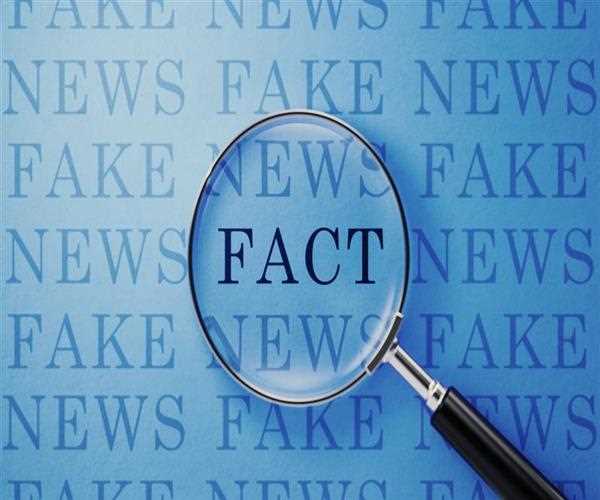
23-Dec-2022
How to identify fake information in social media sites
Social media sites are a great way to stay connected with our friends and family, but they’re also becoming an increasingly popular source of news and information. Unfortunately, there are plenty of people out there who are more than happy to spread false or misleading information online. Identifying fake information can be difficult, especially if you don’t know what to look for. In this blog post, we’ll explore how you can spot fake news on social media and protect yourself from being taken in by it. We’ll also offer some tips on how to prevent the spread of misinformation online. Get ready to become a social media expert!
Fake news vs. satire
- Fake news and satire are often confused. This is because they both use similar techniques to spread their message. For example, both will often use catchy headlines and clickbait to get people to read their content.
- However, there are some key differences between fake news and satire. Fake news is designed to deceive, while satire is meant to be humorous or critical. Fake news stories often lack credible sources, while satire usually includes them. Finally, fake news is typically intended to mislead people for the purpose of financial gain or political gain, while satire is not usually created for these reasons.
- If you're unsure whether something is fake news or satire, consider the source and the motives behind the story. If the story comes from a reputable source and seems to be making a point that isn't intended to deceive people, it's likely satirical. However, if the story comes from a less-than-reputable source and seems designed solely to mislead people, it's probably fake news.
What are the signs that something is fake news?
When trying to determine if something is fake news or not, there are a few signs to look for. First, see if the source is reputable. If you're unsure about the source, try looking them up online or checking with other sources to see if they are reliable. Next, take a close look at the article itself. See if it contains any factual errors or typos, as these are often signs that the story is not true. Finally, see if the story seems too good to be true or too unbelievable. If it does, it's likely that it's fake news.
Why do people create and spread fake news?
- There are many reasons why people create and spread fake news. Some people do it for attention or to mislead others. Others do it as a form of propaganda to further their own agenda. Whatever the reason, it's important to be able to identify fake news when you see it.
- One way to identify fake news is to look at the source. If the source is unreliable or biased, there's a good chance that the information is not accurate. You should also be skeptical of headlines that are sensational or too good to be true. If something sounds too good to be true, it probably is.
- Another way to spot fake news is to check for facts and corroborating evidence. If the story doesn't include any verifiable facts or if the claims cannot be backed up by other sources, it's likely that the story is false. Be especially wary of stories that rely on personal testimony or anonymous sources.
- If you come across a piece of information that you're not sure about, take some time to do your own research before sharing it with others. A little bit of fact-checking can go a long way in helping to identify fake news.
How can you protect yourself from fake news?
In the age of social media, it's important to be able to identify fake news. Fake news is often spread by bots or through clickbait headlines, and can be difficult to spot. Here are some tips on how to identify fake news:
-Check the source. If you're not familiar with the website or publication, do some research to see if it's reputable.
-Look for mistakes. typos, grammatical errors, and other mistakes are often a sign that something is fake.
-Be skeptical of outrageous claims. If something seems too good or too bad to be true, it probably is.
-Consider the motives. Why would someone want to spread this information? Is it to sell a product, promote a political agenda, or simply cause chaos? misinformation often has an ulterior motive.
Conclusion
With the rise in misinformation, it is increasingly important to be able to identify fake information online. By familiarizing yourself with red flags and doing some extra research on unfamiliar topics, you can protect yourself from being misled. Social media sites have made it easier than ever for us to communicate, but they also come with dangers—so make sure that you are always aware of what kind of information you are consuming.

SEO and Content Writer
I am Drishan vig. I used to write blogs, articles, and stories in a way that entices the audience. I assure you that consistency, style, and tone must be met while writing the content. Working with the clients like bfc, varthana, ITC hotels, indusind, mumpa, mollydolly etc. has made me realized that writing content is not enough but doing seo is the first thing for it.
Join Our Newsletter
Subscribe to our newsletter to receive emails about new views posts, releases and updates.
Copyright 2010 - 2025 MindStick Software Pvt. Ltd. All Rights Reserved Privacy Policy | Terms & Conditions | Cookie Policy